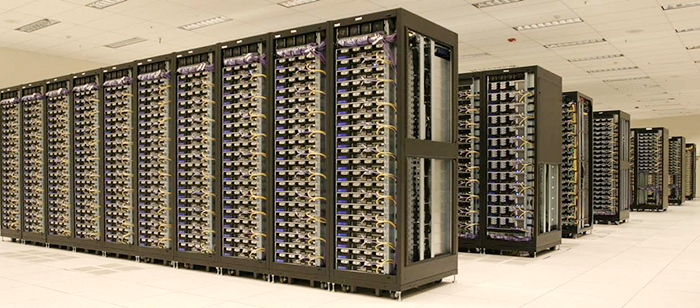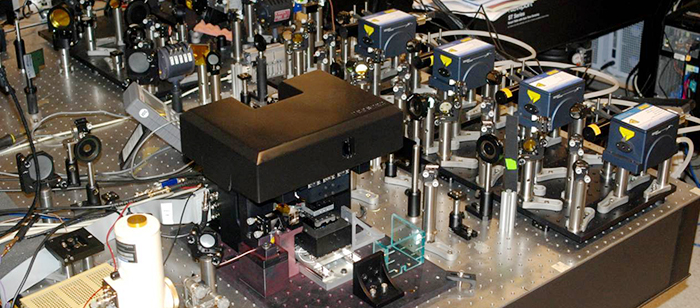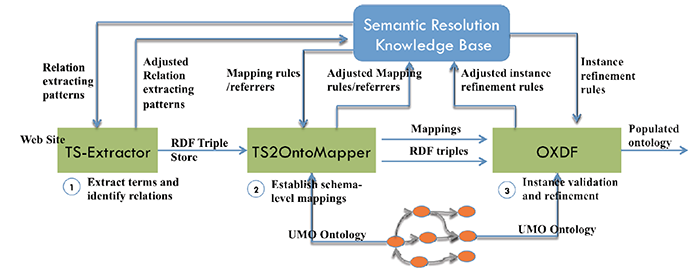
CSEE Talk
Sparse models for integrative analysis
of fMRI and genetic data
Dr. Yu-Ping Wang
Biomedical Engineering Department
Biostatistics & Bioinformatics Department
Tulane University
2pm Thursday, 13 June 2013, ITE 346
In the last few years, the combination of imaging and genetic approaches has become an emerging area, where multiple complementary data are utilized for systematic and comprehensive analysis of a patient. While imaging approaches such as functional MRI (fMRI) continue to be major diagnostic tools for extracting structural and functional patterns at the tissue and organ levels, genetic techniques such as SNPs, microarray gene expression and the emerging next generation sequencing (NGS) add new dimensions by revealing structural variations at genomic level. The integration of these multiscale and multimodality approaches has been promising for complex disease diagnosis and prognosis. However, the combination of these data has been challenging because these data are of different nature, format, organization and structure are produced by different genomic platforms at multiple scales; each of these imaging data is currently still analyzed separately and the results are interpreted independently. Being a powerful approach recently developed in statistics and signal processing, sparse data representations or compressive sensing provides a promising way to address these challenges facing multiscale genomic imaging informatics. In this talk, I will present our recent research on the development of sparse models such as sparse canonical correlation analysis (sCCA) and joint sparse representation of multi-modal data that can better capture the interrelations between these data. We show latest examples of using these models for integrative analysis of SNP and fMRI to identify biomarkers, and use the joint information for the identification of schizophrenia diseases.
Dr. Yu-Ping Wang received the BS degree in applied mathematics from Tianjin University, China, in 1990, and the MS degree in computational mathematics and the PhD degree in communications and electronic systems from Xi'an Jiaotong University, China, in 1993 and 1996, respectively. After his graduation, he had visiting positions at the Center for Wavelets, Approximation and Information Processing of the National University of Singapore and Washington University Medical School in St. Louis. From 2000 to 2003, he worked as a senior research engineer at Perceptive Scientific Instruments, Inc., and then Advanced Digital Imaging Research, LLC, Houston, Texas. In the fall of 2003, he returned to academia as an assistant professor of computer science and electrical engineering at the University of Missouri-Kansas City. He is currently an Associate Professor of Biomedical Engineering and Biostatistics & Bioinformatics at Tulane University School of Science and Engineering & School of Public Health and Tropical Medicine. He is also a member of Tulane Center of Bioinformatics and Genomics and Tulane Cancer Center. His research interests lie in the interdisciplinary biomedical imaging and bioinformatics areas, where he has over 100 publications. He has served on numerous program committees and NSF/NIH review panels, and was a member of Machine Learning for Signal Processing technical committee of the IEEE Signal Processing Society.







